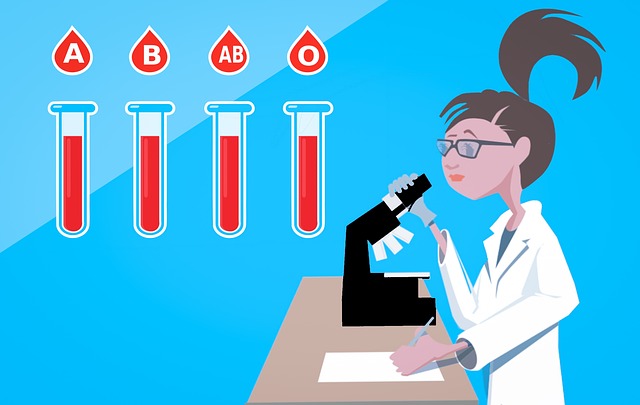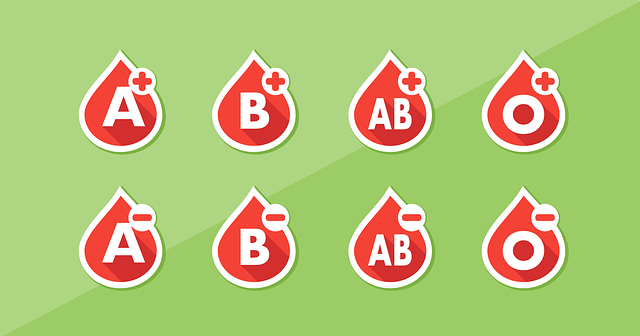
Blood is one of the essential substances in our bodies. It carries oxygen and nutrients to our cells and gets rid of carbon dioxide and other waste products. Our blood also helps to regulate our body temperature and fight off infections.
The world believed that blood was blood, and there was no such thing as different blood types.
Who discovered blood types?
The discovery of blood types is typically attributed to Austrian physician Karl Landsteiner, who first described the three main blood groups – A, B, and O – in 1901.
However, it is worth noting that Landsteiner was not the first to investigate the properties of blood.
In the 1840s, French physician Jean-Baptiste Denys became interested in transfusion and began experimenting with injecting animal blood into human patients.
Denys’ work did not gain much attention at the time, but it laid the groundwork for later discoveries.
In the 1880s, German physician Karl von Lichtenberg began studying blood compatibility, and he was the first to suggest that there may be different types of human blood.
It was not until Landsteiner’s work in the early 1900s that the existence of blood types was widely accepted by the medical community.
Today, blood typing is an essential part of transfusion medicine, and we have Landsteiner’s landmark discovery to thank for that.
Read also: The History of How DNA Discovered
What was the first blood type system to be discovered?
The first blood type system to be discovered was the ABO system.
This system classifies blood based on the presence or absence of two antigens, A and B. In order for a person to have type A blood, they must have the A antigen on the surface of their red blood cells.
Similarly, in order for a person to have type B blood, they must have the B antigen on the surface of their red blood cells. If a person has neither of these antigens, they have type O blood.
Finally, if a person has both antigens, they have type AB blood. While this may seem like a simple system, it is actually quite complex and has been refined over many years of research.
Today, the ABO system is used worldwide and is the most important blood type system for transfusions.
It is also used in forensic science, paternity testing, and population genetics. In addition to the ABO system, there are many other blood type systems that have been discovered.
However, none of these are as widely used or as important as the ABO system.
Read also: The History Of Pandemics That Have Influenced Human Lives
Where does the A+ blood type come from?
A+ blood type is one of the most common blood types in the world. It is believed to have originated in Africa, where it is still the most predominant blood type.
A+ blood type is also found in significant numbers in Europe and the Americas.
The exact reason for this distribution is not fully understood, but it is thought to be due to genetic drift. A+ blood type is characterized by the presence of antigens on the surface of red blood cells.
These antigens are recognized by the immune system as foreign, which can cause a potentially life-threatening reaction if someone with an A+ blood type receives a transfusion of blood from another type.
For this reason, it is important for blood banks to carefully screen donors and recipients to ensure that they are compatible.
Read also: What Will Happen If You Have Too Many Red Blood Cells

What is the newest blood type?
As of now, there are four primary blood groups: A, B, AB, and O. However, a new blood group has recently been discovered by scientists.
This blood group, called RH-, is incredibly rare and is only found in about 1% of the population.
RH- blood is sometimes referred to as the “universal donor” because it can be safely transfused into patients with any other blood type.
This makes it a valuable resource for blood banks and hospitals. However, because RH- blood is so rare, it can be difficult to find donors who are a match.
As a result, scientists are continuing to research ways to create artificial blood that can be used in emergencies.
Read also: Your brain shrinks and ages as your blood pressure rises
What is the most common blood type in the world?
The most common blood type in the world is Type O, followed by Type A. Type O blood is the oldest and most common blood type, and it is thought to have originated in Africa.
Type A blood is also very common, and it is believed to have arisen in Asia. Type B blood is less common, and it is thought to have originated in Europe.
Finally, Type AB blood is the rarest blood type, and it is believed to have arisen in the Middle East.
However, there is significant variation in blood type frequencies between populations. For example, Type O blood is much more common in Europe than it is in Asia or Africa.
This diversity suggests that there has been a lot of genetic mixing between populations over the centuries.
Read also: Who discovered insulin? The history of Diabetes Medicine is Fascinating
Can blood type change?
One of the most common questions that people have about their blood is whether or not it can change.
The answer is a little complicated. In short, your blood type can change in certain circumstances, but it’s rare.
There are four main blood types: A, B, AB, and O. Your blood type is determined by the presence or absence of certain antigens on the surface of your red blood cells.
If you have type A blood, for example, it means that you have the A antigen on the surface of your cells. In most cases, your blood type is determined by your genes.
However, there are a few situations in which your blood type can change. If you receive a transfusion of incompatible blood, for example, your body may produce antibodies to destroy the foreign blood cells.
Additionally, some medications and medical procedures can cause a person’s blood type to change. However, these changes are usually temporary.
Ultimately, while it is possible for your blood type to change, it is quite rare.
Read also: How The Stethoscope Was Invented And Developed
The bottom line
There are four main blood types: A, B, AB, and O.
Your blood type is determined by the presence or absence of certain antigens on the surface of your red blood cells. In most cases, your blood type is determined by your genes.
However, there are a few situations in which your blood type can change. If you receive a transfusion of incompatible blood, for example, your body may produce antibodies to destroy the foreign blood cells.
Additionally, some medications and medical procedures can cause a person’s blood type to change. However, these changes are usually temporary.
Ultimately, while it is possible for your blood type to change, it is quite rare.



